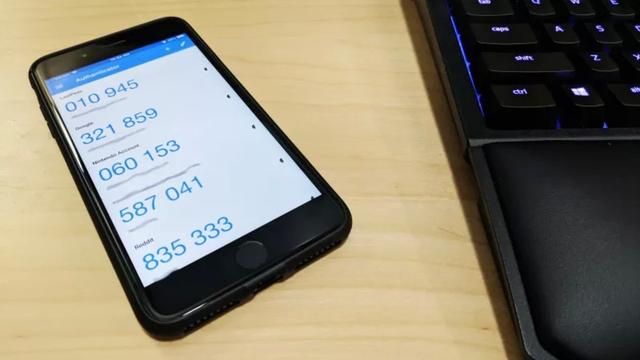Change specifications of NTFS's "encryption file system (EFS)" that I noticed now
This article is limited to members.You can see everything by registering (free).
Yama City Ryo no Uyan Diary
In the second half of January 2023, Windows 11 came to my PC, but I was withdrawn.
By the way, there are multiple PCs and server machines for work, home and education.Due to the convenience of the pocket, it is not the latest model, and there are many PCs that have passed considerably since I purchased it, and there is only one of the main desktop PCs that can be upgraded to "Windows 11" about a year ago.。In late January 2022, it was announced that Windows 11 could finally download and install via Windows Update.
I knew that the news would come, but I clicked "I will continue using Windows 10 now" to retract it, and for the time being, I decided to spend the time in "Windows 10".
In fact, my house is currently available for a Windows 11 physical environment to purchase and set up a new Windows 11 notebook PC for children who will be a member of society from this spring (because of the colona evil.About a month later, it will be placed in my house).Nevertheless, we do not upgrade immediately because there is a free Windows 11 physical environment and we need to leave the Windows 10 physical environment for a while.
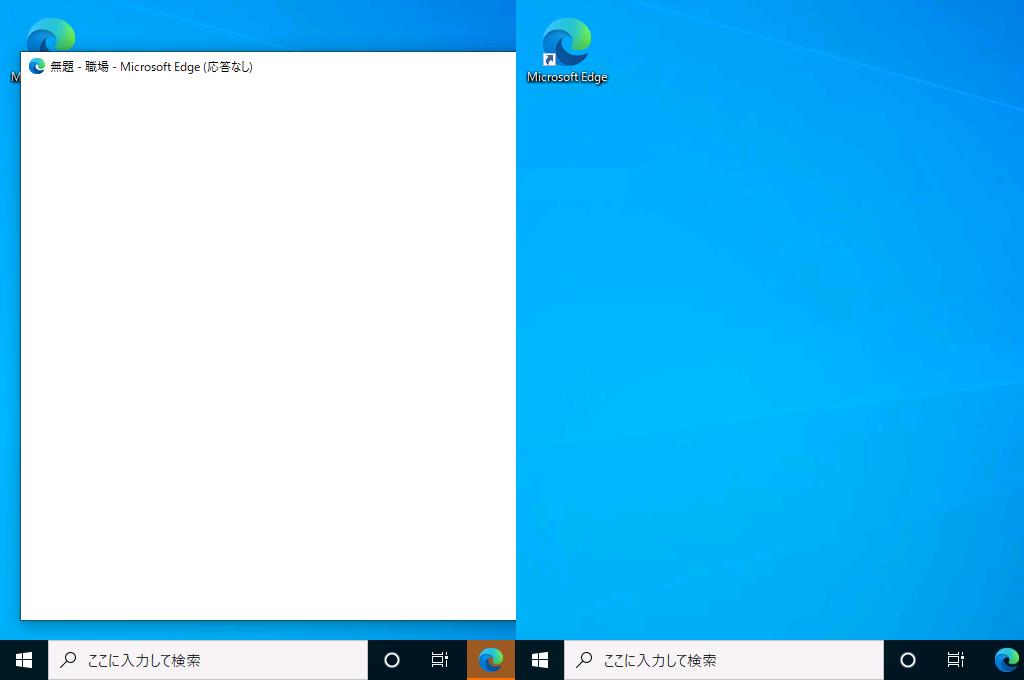
The reason for the Windows 10 physical environment is that we need to work on Windows Technology up to Windows 10, and in the next few months, we need to enable multiple versions of Windows in the physical environment and virtual environment.。
And just recently, a description of the "Encrypting File System: EFS)" Encrypting File System (EFS), which has been supported from the old (up to Windows 10) and has been supported by the NTFS file system for a long time (after "Windows 2000").I was a little confused.The actual operation is different from what is explained.
Is the encryption file a copy or a case where it cannot be copied to the network sharing?
The documentation in question states that files encrypted in EFS cannot be copied even if it is a NTFS volume sharing for network sharing that does not support NTFS alternative data streams. did.
If you copy it with "Windows Explorer", the copy will be interrupted and the dialog box will be displayed, "Do you want to copy this file without encryption?", And click "Yes" to cancel the encryption.It is written that if copied in the state of "Copy" and copied with the "Copy" command, it will fail with the error message "The specified file could not be encrypted" (document is English).
EFS remembers that since it appeared in Windows 2000, it has been available for SMB (Server Message Block) files on the NTFS volume.There is also a service integrated into Active Directory (such as "data recovery agent").
The Windows Server 2012 R2 "Workfolder" can provide synchronous folders encrypted by EFS via HTTPS.I imagined that it is not possible to copy even if it is shared in the NTFS volume, it is a work group environment without Active Directory that cannot confirm the user ID, and other shared protocols.
However, when I actually tried it in the Windows 10 client and Windows Server work group environment, I was able to copy without interruption.However, it seems that there are some conditions because there are cases where it is not possible.
After trying various things, after "Windows 8" and "Windows Server 2012", it seems that if you connect to the server built -in Administrator qualification information in the work group environment, you can copy it with encrypted (screen 1).
続きを閲覧するには、ブラウザの JavaScript の設定を有効にする必要があります。
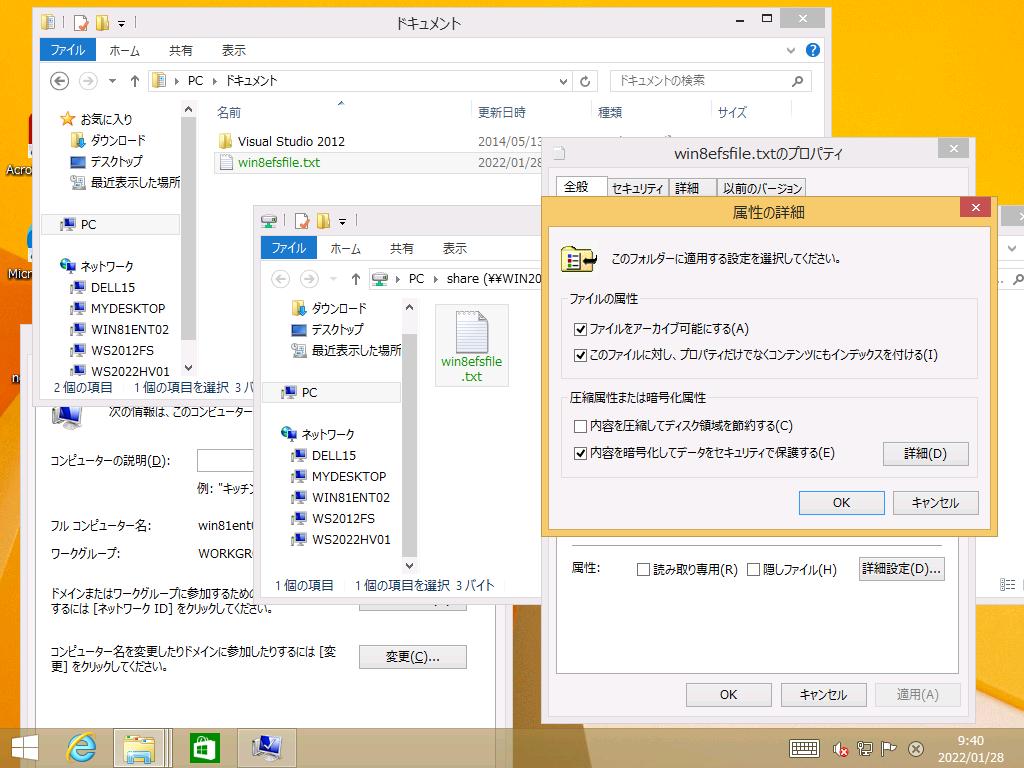
![10th generation Core i5 equipped 9.5h drive mobile notebook is on sale at 50,000 yen level [Cool by Evo Book] 10th generation Core i5 equipped 9.5h drive mobile notebook is on sale at 50,000 yen level [Cool by Evo Book]](https://website-google-hk.oss-cn-hongkong.aliyuncs.com/drawing/article_results_9/2022/3/9/4a18d0792cae58836b71b9f591325261_0.jpeg)


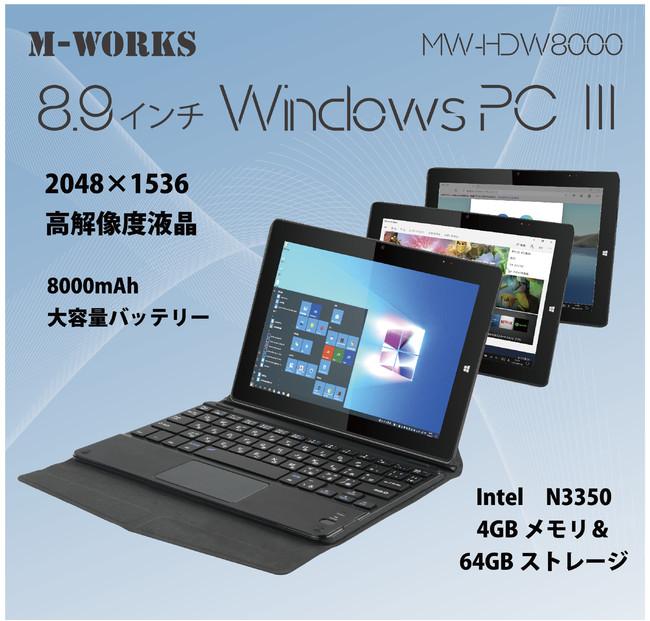
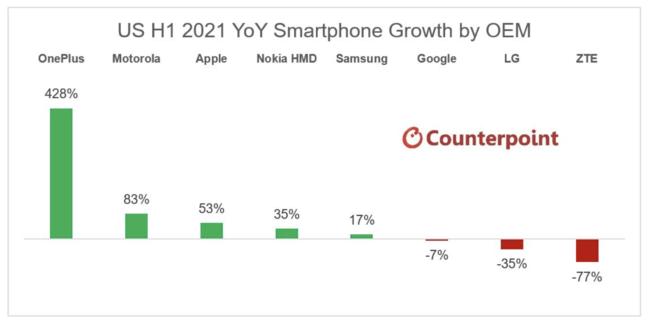
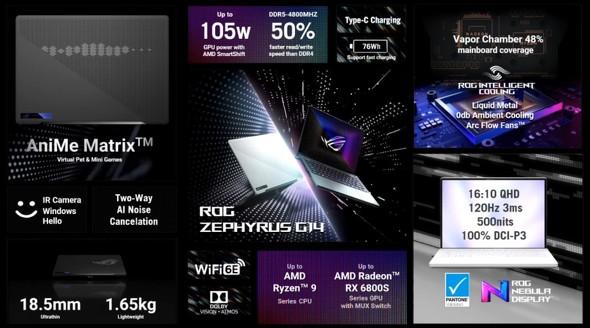
![[Amazon time sale in progress! ] 64GB microSD card of 1,266 yen and wireless earphone with noise canceling function of 52% off, etc. [Amazon time sale in progress! ] 64GB microSD card of 1,266 yen and wireless earphone with noise canceling function of 52% off, etc.](https://website-google-hk.oss-cn-hongkong.aliyuncs.com/drawing/article_results_9/2022/3/9/c88341f90bab7fe3ce1dc78d8bd6b02d_0.jpeg)
